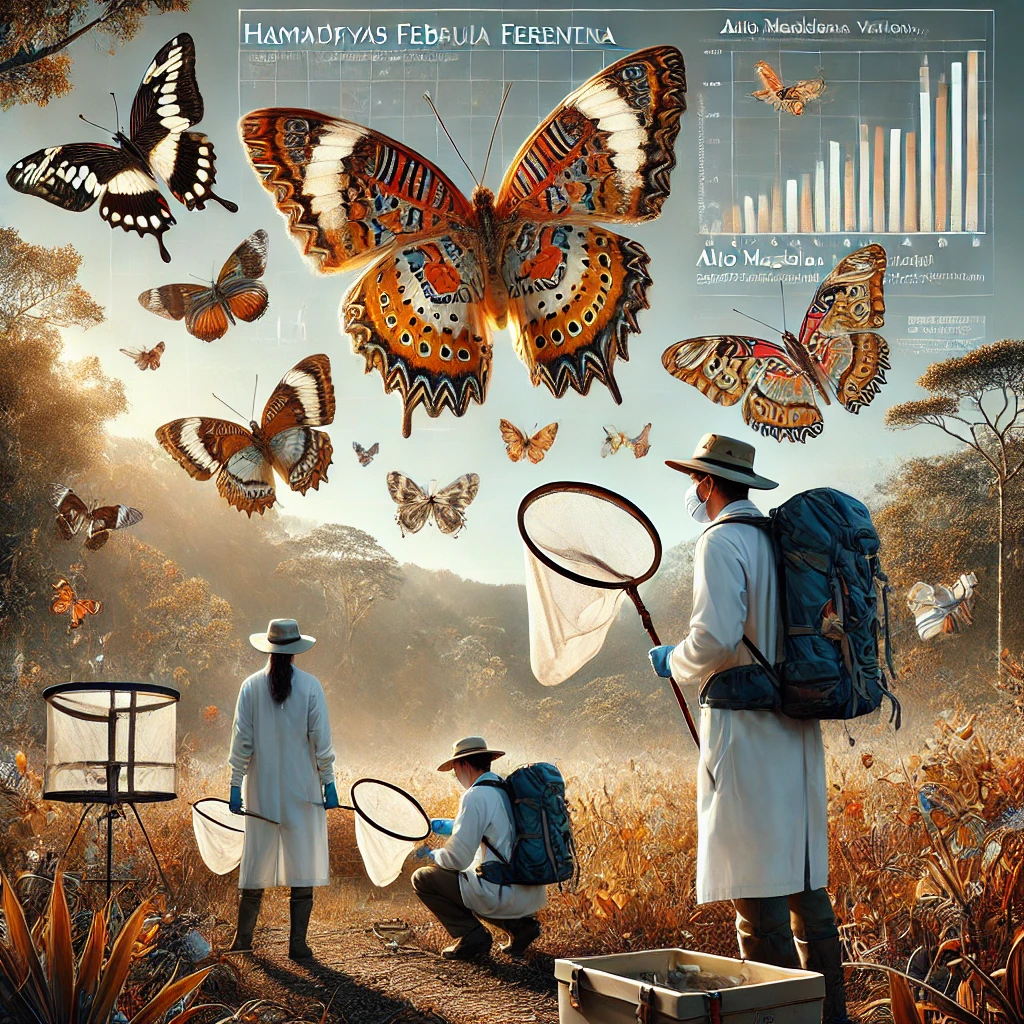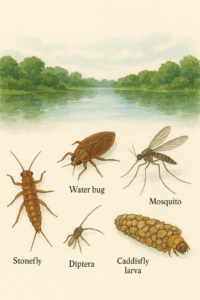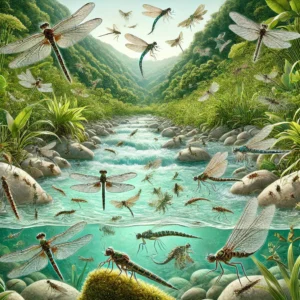Diurnal butterflies three dry tropical forest fragments of Magdalena valleyhigh. Tolima-Colombia
The biological diversity of Colombia is threatened by anthropogenic activities such as agriculture and livestock farming that have transformed natural habitats, leading to an advanced deterioration of forests, a situation that may affect the availability of resources and ecosystem services in these habitats.









